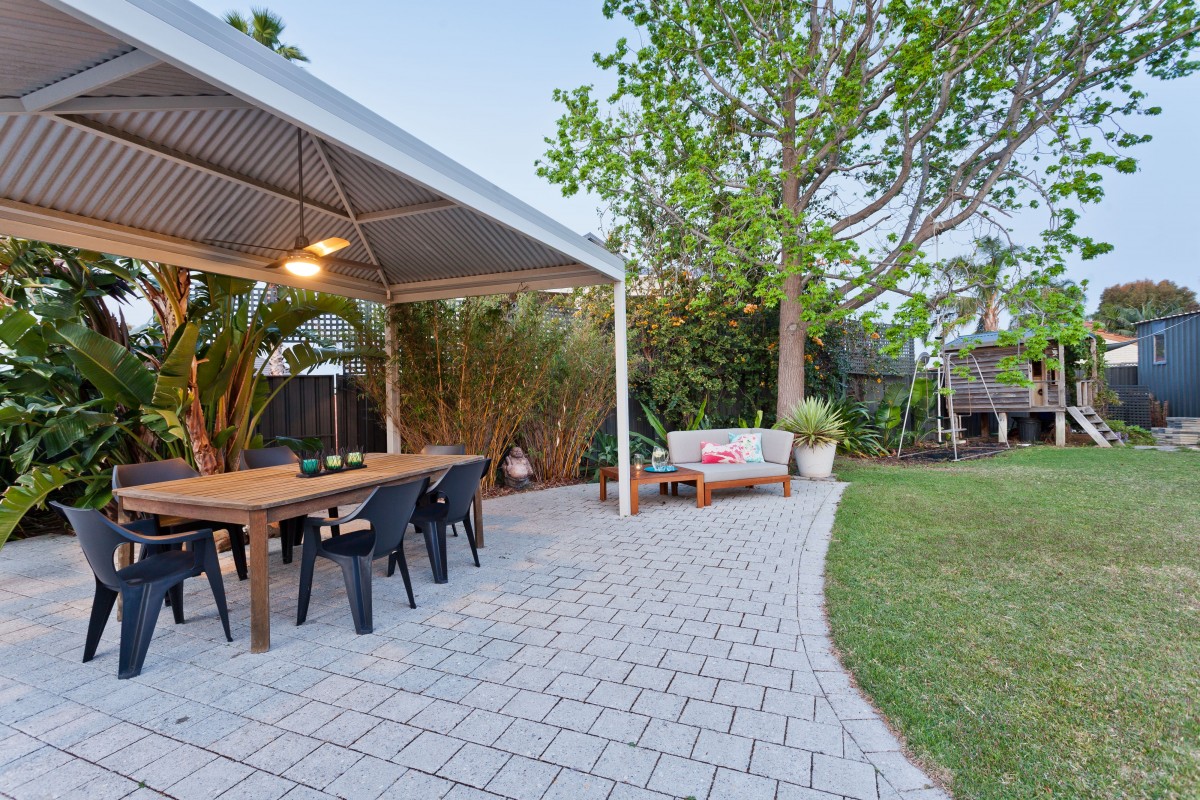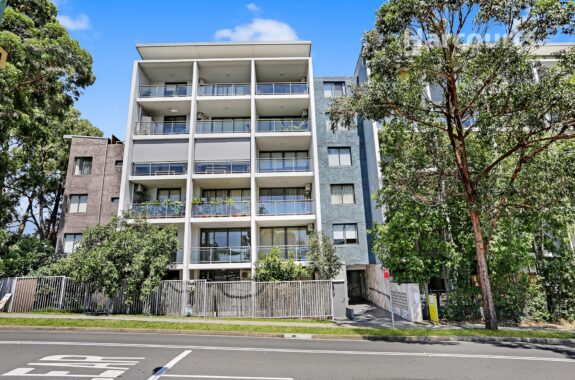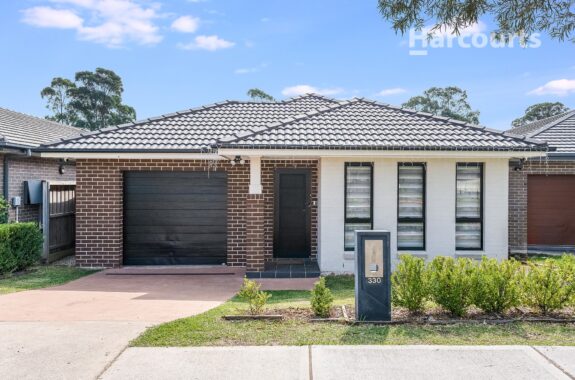These days few people have the time or space for a separate vegetable garden or orchard, yet there is no reason why you can’t incorporate food-bearing plants into your garden, creating an easy, edible landscape.
There are hundreds of different plants that can fulfil any landscape need, and at the same time add something that can be eaten. You can enjoy berries and sun-ripened tomatoes as well as exotic vegetables with many species nowadays just as abundant grown in pots as in the garden.
Some of the easiest and most valued homegrown edibles are herbs. Start with one or two of your favourites, then build up your collection as they need very little space and most can be found in very hardy varieties. Fresh herbs are always handy to have on hand for adding a little bit of “something extra” to meals.
Most modern fruit and vegetable species are also ornamental. Their stalks, leaves, blossoms and fruit can work well in many situations, either set apart or mixed amongst borders and beds, or on a deck if you live in an apartment with no garden.
Edible planting is not only practical and functional but can add colour, texture and form to your landscape design. Besides supplying you with fresh produce at a reasonable cost, it makes your property more attractive and if you decide to sell your property in the future, buyers love the ability for home grown edibles.
There are attractive edibles to suit all landscape levels, starting with tall trees, then smaller trees, followed by a shrub layer, and finally the low shrubs.
Some tall trees with edible fruits or nuts, such as walnut or mulberry, will provide welcome shade. Smaller trees and larger shrubs act well as a single specimen or as focal points. Fruit bushes such as blueberry, raspberry, currants and gooseberries look fantastic in colour-coordinated pots.
As an alternative to wisteria, jasmine or clematis, you can train grapes to clamber along walls or fences, or over a pergola. Strawberries can be planted at ground level or as a substitute for annuals.
Edible planting should reflect the needs of the space and what you want and love to eat! For example, a tree that drops fruit would be inappropriate planted near a parking space or front entrance.
One of the great things about vegetables and herbs is that you can also experiment all year round with a range of varieties until you find your favourites. Exotic vegetables are great to have a go at growing, and it can become a well-enjoyed hobby for the whole family at very little cost.
For their immediate bounty as well as long-term enjoyment of form and beauty, it’s well worth growing edibles in your garden or whatever corner of outdoors you can find.







